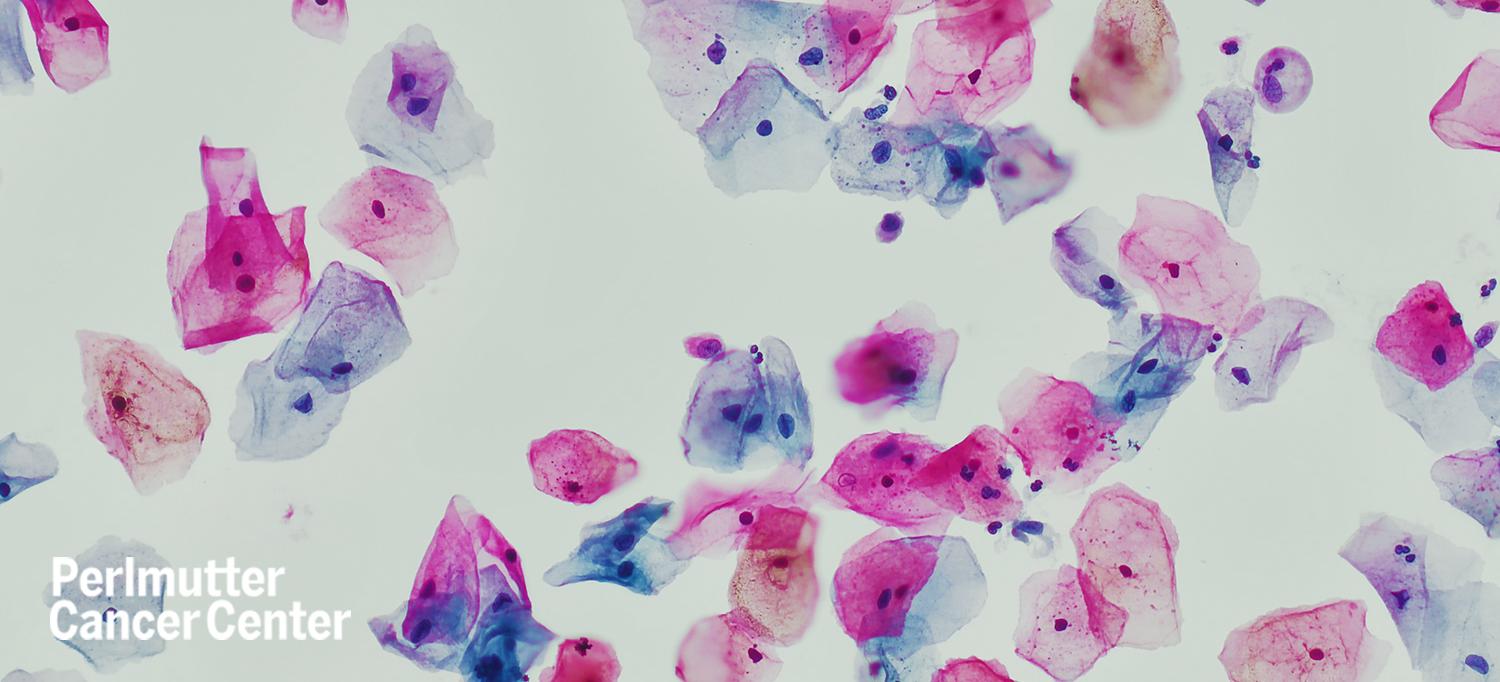
Photo: Sebastian Condrea/Getty
January is Cervical Cancer Awareness Month, a great reminder of the importance of screening. Nora Lindo Salmon, a 62-year-old Brooklyn resident and mother of four, was experiencing abdominal pain and postmenopausal spotting, and was not having routine gynecological exams. After a cervical biopsy, she received a diagnosis of squamous cell carcinoma of the cervix.
Salmon, a native of Jamaica, was then referred to NYU Langone Health’s Perlmutter Cancer Center, where a team of gynecologic oncology surgeons, radiation oncologists, medical physicists, and nursing and therapy staff created a treatment plan. An MRI showed the cancer had spread out of the cervix and uterus to the regional lymph nodes. She had five weeks of weekly chemotherapy and daily radiation therapy, followed by image-guided brachytherapy, which delivers radiation internally, where it is needed.
Salmon completed her treatment on June 28, 2022, and is currently disease-free.
“Unfortunately, though, many women, especially underserved women, have not seen physicians, and they don’t get regular screening,” says Stella C. Lymberis, MD, a radiation oncologist at Perlmutter Cancer Center.
Cervical cancer is very treatable if detected early. Doctors often combine radiation therapy and chemotherapy—drugs to kill cancer cells throughout the body—for larger tumors that are confined to the cervix or for cancer that has spread to other areas of the body. Chemotherapy may also make tumor cells more sensitive to radiation therapy.
In brachytherapy, doctors place radioactive beads or pellets inside the body. These remain temporarily to manage cervical cancer. If there are several tumors, this internal radiation is often combined with external beam radiation therapy.
Salmon encourages other women to get annual screening exams, and to know their risk of cervical cancer.
“I would tell them not to be afraid. Be strong. Make the first step,” she says.
See more on CBS News.

